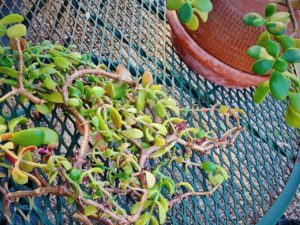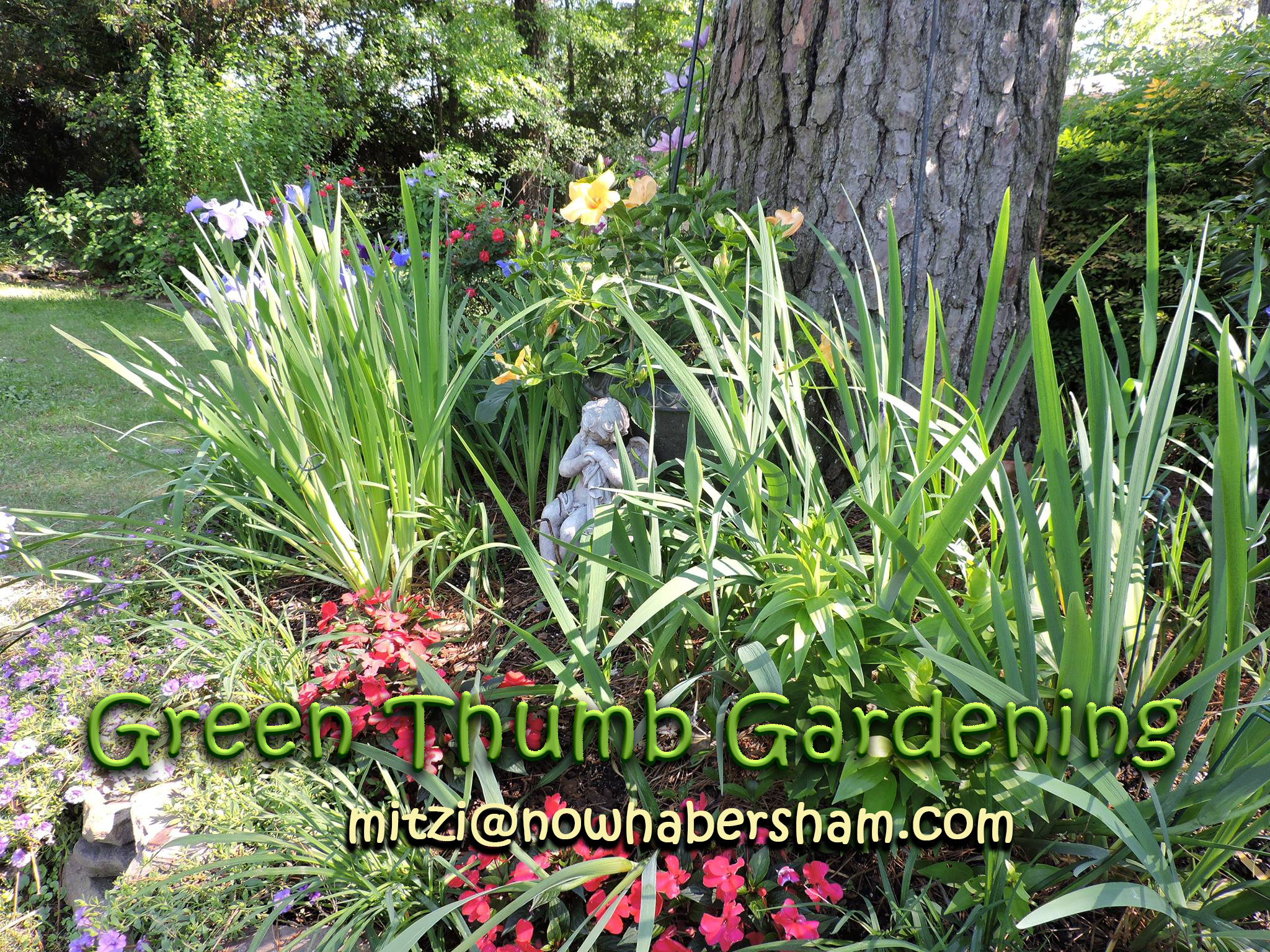
Good luck, prosperity, and friendship. Could you use more of all of that? Get a jade plant. It’s one of the most popular houseplants grown worldwide. The jade plant is also known as the Money Plant, the Dollar Plant, Lucky Plant, and Friendship Tree.
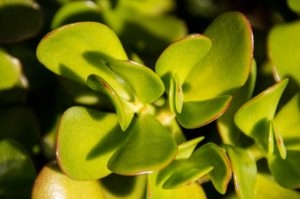 The jade is a popular good luck charm in Asia thought to activate financial energies. The green leaves are symbolic of growth and renewal, closely resembling jade coins, symbolic of wealth and prosperity. It is a traditional gift for businesses. Many business ownders place a jade plant near the entrance of their restaurant or shops in a southeast location to bring prosperity and success. During the Chinese New Year celebrations, jade plants are set on top of stock and investment certificates to increase in value during the coming year.
The jade is a popular good luck charm in Asia thought to activate financial energies. The green leaves are symbolic of growth and renewal, closely resembling jade coins, symbolic of wealth and prosperity. It is a traditional gift for businesses. Many business ownders place a jade plant near the entrance of their restaurant or shops in a southeast location to bring prosperity and success. During the Chinese New Year celebrations, jade plants are set on top of stock and investment certificates to increase in value during the coming year.
Wonderful news but I’ve had a jade plant for more than 25 years and I haven’t acquired any additional wealth because of it. What I do know is that there are benefits to growing a jade plant. They are easy to maintain. They purify the air inside and increase the humidity. These are all bonuses even if they don’t add up in my bank account.
Scientists found out in recent research that indoor air can be as polluted and deadly as outdoor air. According to a New York State University research, a jade plant is a great air purifier.
- Things like wall paints, polishes, glues, and fire retardants emit Volatile Organic Compounds like formaldehyde, acetone, benzene, and toluene inside a house that can be very harmful.
- According to a New York Stare University research, a jade plant can remove these VOCs.
- Toluene exposure can cause weakness, exhaustion, confusion, insomnia, and serious problems like liver and kidney damage, according to the United States Department of Labor.
Jade plants also increase humidity which is beneficial inside the home during the dry heat of the winter. Low relative humidity in indoor air can affect your health and beauty. Dry skin, flaky lips, itchy throat, static electricity, cold & flu, allergies are some of the symptoms. Infectious bacteria and viruses can survive for a long time in dry air. Humidifiers are the best product to increase indoor humidity, but jade plants can help.
- Low humidity issues arise in winter, due to cold air, your heater also lowers the humidity. In summers, especially in hot climates, air conditioners contribute to reducing the relative humidity from the air, which is why some people have a headache in AC air.
- 30 to 60 percent relative humidity is ideal for homes and offices, and a jade plant can contribute to this.
And here are a few other cool facts about jade plants.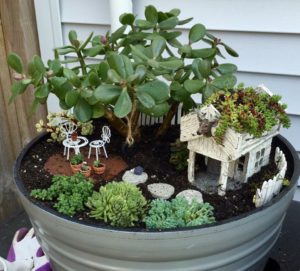
- As jade is a slow-growing plant, it saves you from the hassles of repotting it regularly once it outgrows its container.
- Jade plant is one of the best Fairy garden plants as it looks like a miniature tree–pair it with pebbles, tiny houses, and other tiny accessories.
- Due to the appearance, a jade plant can be made into a bonsai easily.
Jade plants are succulent houseplants, which makes them fairly resilient and easy to grow indoors. If you are going to give jade plants a try, there are about 1400 varieties, so you’ll have plenty of choices.
With their thick, woody stems and oval-shaped leaves, jade plants have a miniature, tree-like appearance that makes them very appealing for use as a decorative houseplant. They live for a very long time, often being passed down from generation to generation and reaching heights of three feet or more when grown indoors.
Jade plants adapt well to the warm, dry conditions found in most homes. It’s important to keep the plant watered during the growing season (spring, summer) and drier during the dormant season (fall, winter). However, even during the growing season, the soil should be allowed to dry out fully between waterings, as jade is very susceptible to root rot.
Jade plants may be grown outdoors but they are very susceptible to cold damage, so in locations where temperatures get to freezing or below, it’s best to grow jade in containers and bring them indoors when it gets below 50°F.
 I’ve had my jade plant for about 25 years. When I bought it, it was about two inches tall. This is how it looks today and I think it’s time for a little pruning. The best time for jade plant pruning is in spring or summer, but jade plants can be pruned year round. Pruning jade plants in spring or summer will simply result in a faster recovery from the trim than any other time of year because the plants are in active growth. But spring is just around the corner.
I’ve had my jade plant for about 25 years. When I bought it, it was about two inches tall. This is how it looks today and I think it’s time for a little pruning. The best time for jade plant pruning is in spring or summer, but jade plants can be pruned year round. Pruning jade plants in spring or summer will simply result in a faster recovery from the trim than any other time of year because the plants are in active growth. But spring is just around the corner.
When considering which branches to remove, keep in mind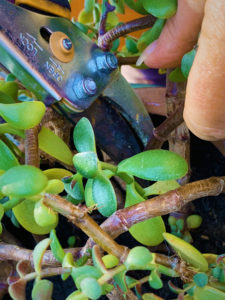 that a trimmed jaded plant branch will die back to the next node (where the leaves grow out of the branch) on the branch and that when you trim jade plant branches, typically two new branches will grow from where the node is. The next step in jade plant pruning is after you have decided which branches will be trimmed back, take a sharp, clean pair of pruning shears and trim off the branches you have chosen. Remember to prune the branch to the nearest node, or, if you are trimming the jade plant branch completely, prune it so that the cut is flush along the main branch.
that a trimmed jaded plant branch will die back to the next node (where the leaves grow out of the branch) on the branch and that when you trim jade plant branches, typically two new branches will grow from where the node is. The next step in jade plant pruning is after you have decided which branches will be trimmed back, take a sharp, clean pair of pruning shears and trim off the branches you have chosen. Remember to prune the branch to the nearest node, or, if you are trimming the jade plant branch completely, prune it so that the cut is flush along the main branch.
Also, remember that the jade plant cuttings are very easy to root, so each time you prune your jade plant, you can grow a few more plants for friends and family. Don’t you just love sharing plants?
